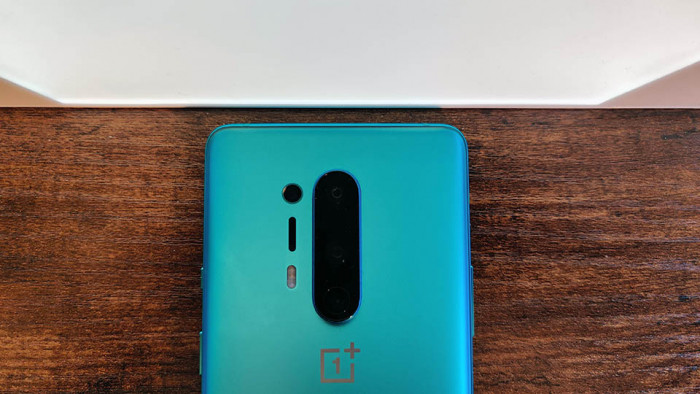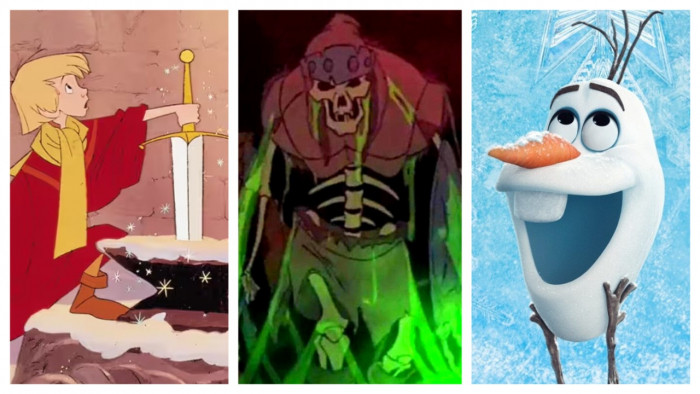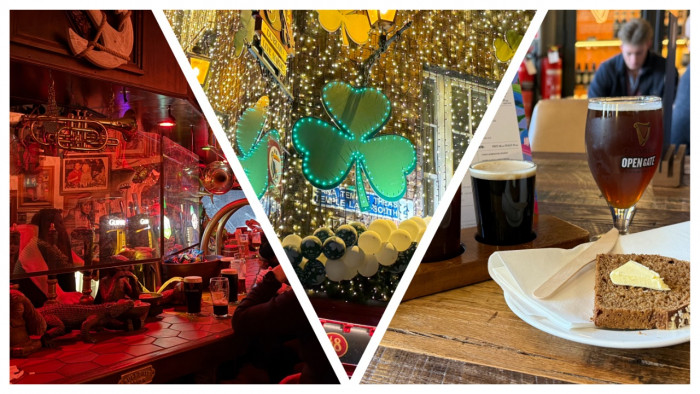Two hundred years since his birth, it’s assumed Charles Dickens’s picture of Britain is outdated, but, asks Andrew Dickens, have we really moved on?
In the unlikely event of Charles Dickens being alive today, he’d have much to be proud of: his literary legacy, countless TV adaptations and even his own adjective: Dickensian. This word evokes two distinct images. One is a picture of men in tall hats with names such as Chuzzlewit, Buzfuz and Drood, of eccentric joviality and geniality. The other is a warts-and-all portrait of Britain at its industrial worst, with workhouses, beggars, orphans, slumlords, pickpockets and every conceivable manner of abuse. It is a world that, approaching Dickens’s bicentenary, we can read about digitally over an organic latte, thankful that we don’t live that way. Or can we? In the style of a GCSE exam, let’s compare and contrast.
Poverty
Then: By the end of the 19th century, 25 per cent of the UK population were living at or below the level of subsistence.
Now:Between 2009 and 2010, the number in relative poverty was at 17.1 per cent (Poverty And Inequality In The UK: 2011, Institute for Fiscal Studies.
Britain’s GDP has shrunk another 0.2 per cent and the spectre of a double dip recession is looming — so while we don’t have inner-city slums per se and rag-clothed orphans running riot, today is not without its grim realities. “I wouldn’t say things haven’t changed since the 19th century,” says Toby Lloyd, head of policy at housing charity Shelter, “but we seem to be regressing. Back then, more than 90 per cent of people lived in private rented housing. This figure dropped below nine per cent by the Nineties, but in the past five years there’s been a 40 per cent increase.”
Renting a house doesn’t sound like the worst Dickensian scenario — when you read A Christmas Carol, you’re not worried that scratches in the paintwork from Tiny Tim’s crutches might affect Bob Cratchit’s deposit — but not all rentals are spacious, two-bed flats.
“We’ve found whole families in garages or sheds, even in old refrigerator units,” continues Lloyd. “They can be evicted at a moment’s notice. It’s overcrowded, unsanitary and totally illegal. There just isn’t enough housing. We haven’t built nearly enough — especially social housing — since the early Eighties, so people are being forced into these slums. The knock-on effects of the conditions and the instability have a huge social cost.”
Drinking
Then: In 1900, one-tenth of people abstained from alcohol. In 1865, beer consumption hit 15.5 million gallons.
Now:In 2011, 15 per cent of the population claim to not drink alcohol. However, in 2000, the average person drank 26.8 litres of wine per year, 10 times the amount people consumed in 1876.
Newspapers and voyeuristic shows full of CCTV footage would have us think that Booze Britain is very much a recent phenomenon. However, streets full of sobbing, shoe-less women, slow, misguided drunken punches, and proclamations of “You’re mah bez mate” aren’t a new thing. In a time when prime ministers regularly gave speeches under the influence, the Victorians of all classes could hold their drink.
“The middle and upper classes drank a lot of wine,” says Anne Perry, author of the Pitt and Monk Victorian detective novels. “And they knew their stuff. At banquets, you’d have two or three wine glasses at each setting. It would most likely be French, German or Italian. They also liked their port. The lower classes, who drank gin in the 18th century, would drink ale or cider in Dickens’s time, though in those days, with diseases such as typhoid around, it was safer than drinking water.”
Entertainment
Then: Leisure time wasn’t in abundance, but musical theatre was popular, with an explosion in card gambling, brass bands, circuses and seaside holidays.
Now:Twenty-three per cent of the population eat out during a month, 18 per cent go shopping, and only two per cent hunt out live music.
Entertainment options in Dickensian times were more limited than today. They had no television, cinema, recorded music or video games, and the closest thing to a reality show was a public execution. That said, some seemingly modern fads aren’t that new. For example, male-written Scandinavian feminist drama didn’t actually start with Stieg Larsson.
“It was a great time for theatre, and a lot of it has lasted,” says Perry. “There was Oscar Wilde, George Bernard Shaw, Gilbert & Sullivan, and Henrik Ibsen, who genuinely shocked people by suggesting that women had needs beyond a husband and a home.
“The wealthy would also have soirées at home, which featured singers and perhaps a three-piece ensemble and would play light classics. More accessible to the lower classes was street entertainment. You had end-of-the-pier performers, magic lantern shows, and bands playing in public — often German ‘oompah’ bands.
“Music Hall was extremely popular with everyone,” Perry continues. “Poorer people could stand at the back, and the upper classes loved it, too. In fact, the very first Royal Command Performance in 1868 saw two Music Hall artists, Arthur Lloyd and ‘Jolly’ Nash, perform in private for the Prince Of Wales.
“Perhaps the most common form of amusement was home entertainment. Families would play word and board games, and many homes would have someone who could play an instrument, such as a piano, mouth organ or accordion.”
Match that to the four hours and 18 minutes that the average person in the UK spends a day in front of the TV and you can’t help feeling the Victorians might have had a more wholesome existence. Coupled with far more family arguments.
Benevolence
Then: In London in 1869, there were 700 philanthropic societies, hence the birth of the Charity Organisation Society, which believed that uninformed giving created an aid-dependent class of citizens. Sound familiar?
Now:In 2008/09, 54 per cent of the population donated to charity regularly.
The government’s Welfare Reform Act, notable for its controversial cap on benefits, is indicative of a desire to reduce public services, place greater emphasis on volunteering and individual responsibility, hammering the bung into the government’s piggy bank. David Cameron calls his vision Big Society; in Dickensian Britain it was called benevolence.
“There were large numbers of benevolent societies,” says Dr John Drew of the University Of Buckingham, a leading knowledge on Dickens. “Some were formed by workers, but many relied on middle-class involvement and upper-class patronage. Dickens often laughed at these people. In Bleak House, for example, Mrs Jellyby sends all her money to Africa so that the natives can grow their own coffee, neglecting her 11 children at home.
“However, Dickens was also heavily involved in philanthropy. He worked with Angela Bernadette Coutts, the banking heiress, building ‘ragged schools’ for the poor, and sanitary housing.”
Gangs
Then: In the late Victorian period, gangs of boys and girls from the ages of 14 to 21 would walk as far as five miles to pitch into 500-strong battles. However, deaths were rare.
Now:In 2007, police identified 169 gangs in London — a quarter had been involved in murder. Glasgow is reported to have 170 gangs.
It is perhaps Dickens’s most famous story, Oliver Twist, which feels most current — a tale of disenfranchised youth, the buzz-phrase of last year’s riots. The idea of young people with no hope of attaining the wealth that surrounds them applies equally to both eras. It’s also a tale close to Dickens’s heart.
“Dickens, when he was forced to leave school and work in a factory [after his father was sent to a debtor’s prison], felt he was close to becoming one of these semi-criminal youths,” says Alex Werner, curator of the Museum Of London’s Dickens & London exhibition. “That’s why he campaigned for ragged schools and self-help schemes for shoeblacks and crossing sweeps, so they could gain a livelihood — a bit like The Big Issue today.”
(Image: Rex Features)
Read up at www.randomhouse.co.uk/authors/charles-dickens










